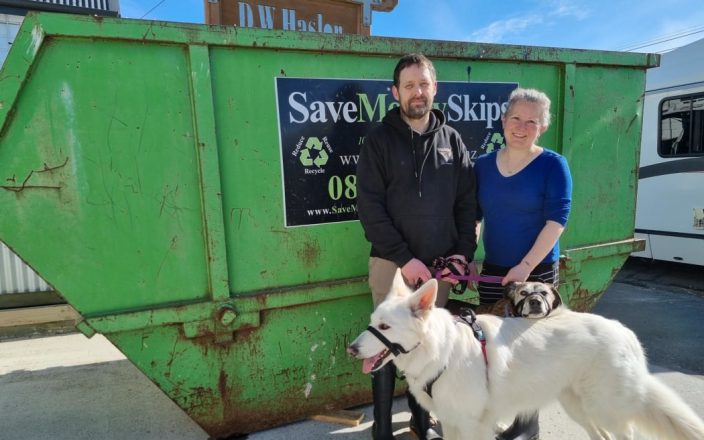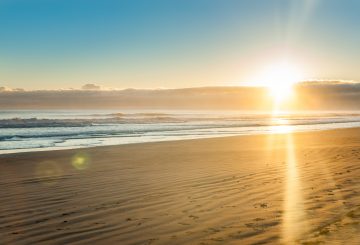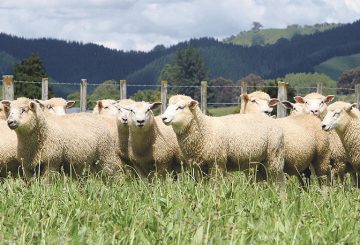Cư dân ở Nam Dunedin, Gareth và Dyan O’Malley, đang phải đối mặt với hậu quả của lũ lụt gần đây. Họ đang dọn dẹp ngôi nhà bị hư hại của họ, nơi đã bị ảnh hưởng bởi lũ lụt nhiều lần kể từ năm 2015. Sau cơn mưa lớn tuần trước, nhiều ngôi nhà có nhãn dán màu vàng cho thấy chúng không an toàn để sống. Cư dân có thể phải tránh xa nhà của họ trong nhiều tháng trong khi sửa chữa được thực hiện.
Gareth bày tỏ lo ngại về việc sống trong một khu vực có lũ lụt lặp đi lặp lại. Gia đình của họ, bao gồm cả hai chú chó của họ, sẽ cần tìm một chỗ cho thuê tạm thời, nhưng nó có thể không chứa vật nuôi của họ. Cặp đôi đang xem xét các lựa chọn lâu dài của họ bây giờ.
Đầu năm nay, Hội đồng thành phố Dunedin đã yêu cầu 130 triệu đô la từ chính phủ để giúp mua bất động sản dễ bị lũ lụt ở Nam Dunedin. Yêu cầu này đã bị từ chối, nhưng Gareth tin rằng ý tưởng vẫn nên được khám phá. Ông cảm thấy bị mắc kẹt vì giá trị tài sản đã giảm do lũ lụt.
Trong chuyến thăm của Thủ tướng Christopher Luxon, các câu hỏi đã được đặt ra về lý do tại sao yêu cầu tài trợ bị từ chối. Các nhà lãnh đạo địa phương, bao gồm cả ủy viên hội đồng Jim O’Malley, tin rằng hội đồng nên xem xét lại lựa chọn mua lại, vì mua nhà dần dần sẽ giúp quản lý chi phí và tránh việc mua lại bắt buộc.
Tuy nhiên, không phải tất cả chủ nhà đều đồng ý với cách tiếp cận này. Cư dân Brendon Hollander làm việc chăm chỉ để duy trì ngôi nhà của mình và mong muốn ở lại, vì anh ấy yêu khu vực này. Ông tin rằng nó có thể an toàn nếu có cơ sở hạ tầng thích hợp.
Hội đồng thành phố đã thực hiện một số cải tiến trong thập kỷ qua, giảm lũ lụt so với các sự kiện trong quá khứ, nhưng cần nhiều công việc hơn theo thị trưởng và các cư dân khác. Hội đồng đang khám phá các lựa chọn như bơm nước vào Công viên Forbury trước đây để giúp quản lý lũ lụt trong tương lai, nhưng các đánh giá vẫn đang được tiến hành để đảm bảo đó là một giải pháp phù hợp.





























































